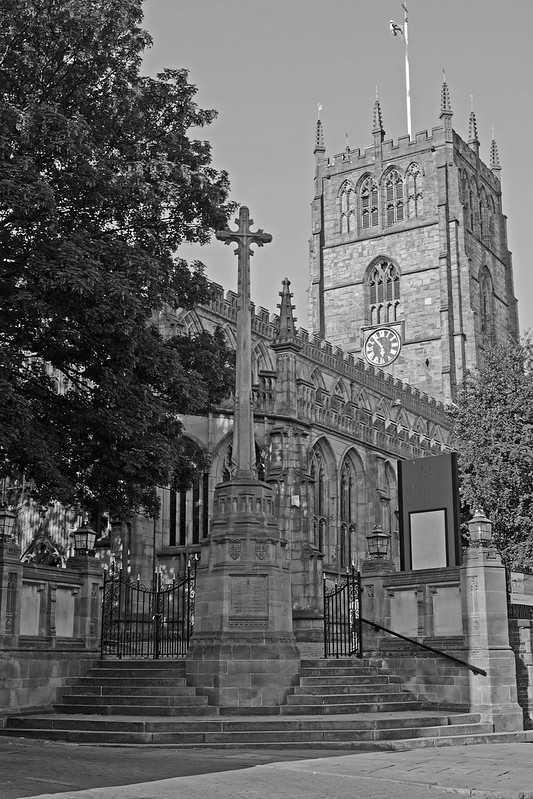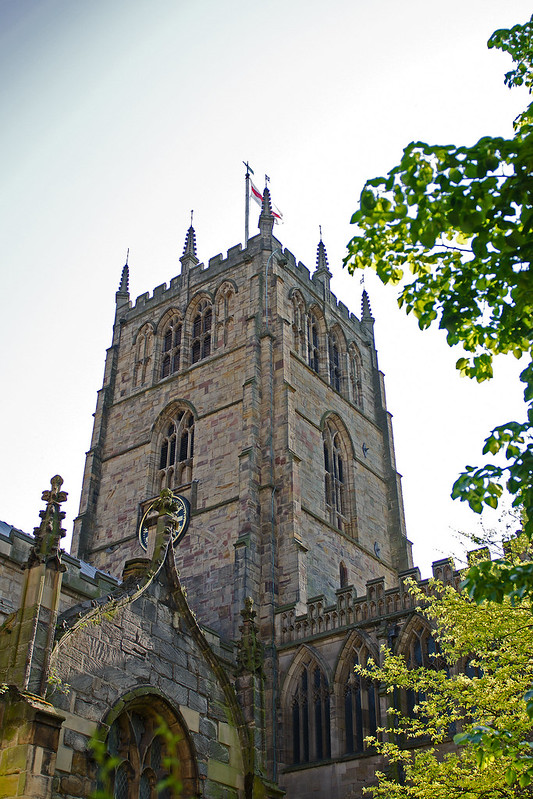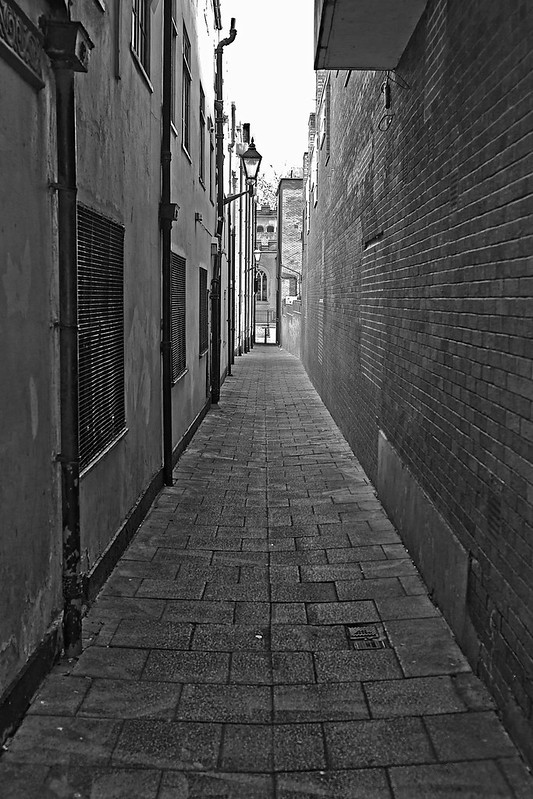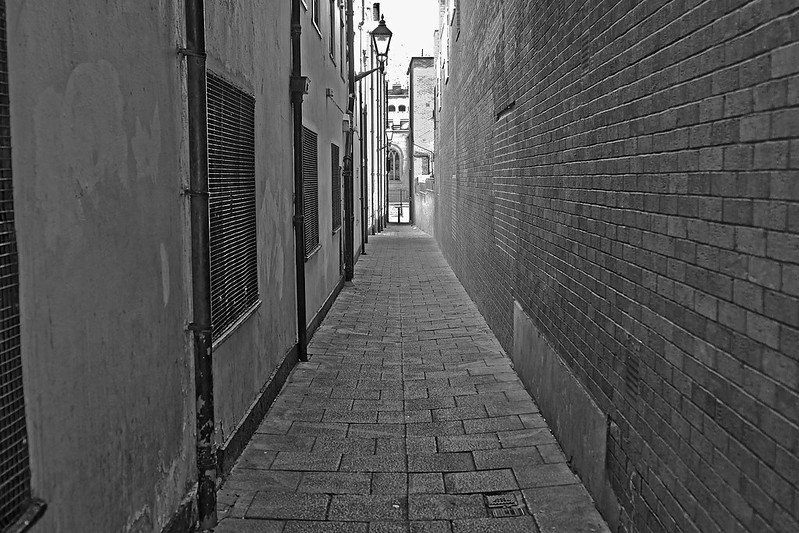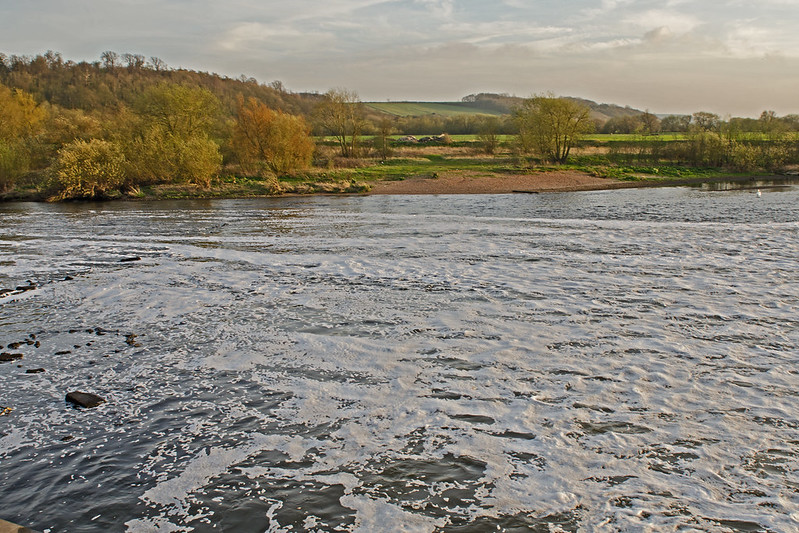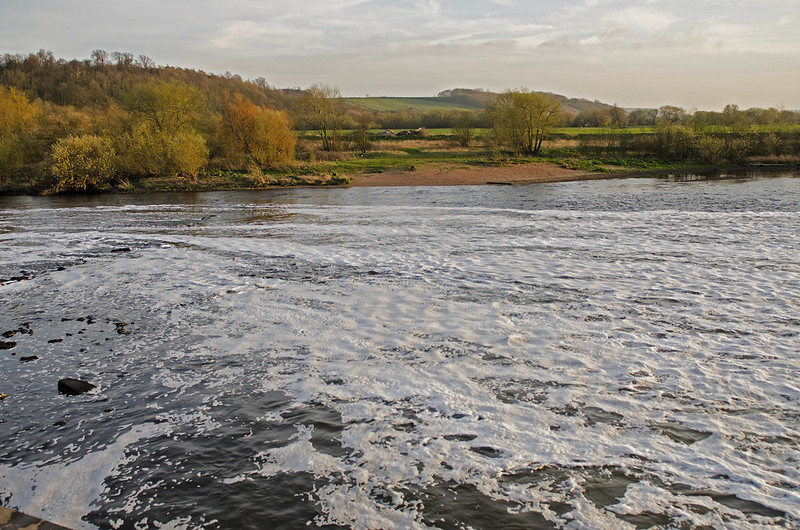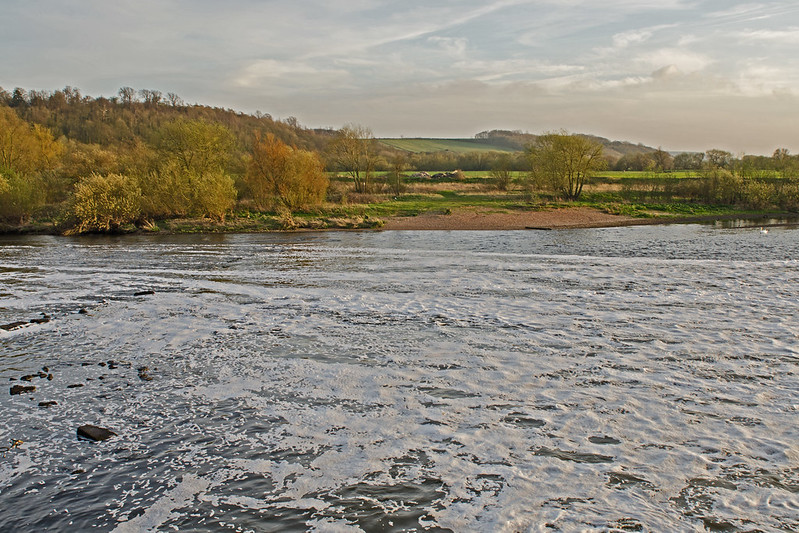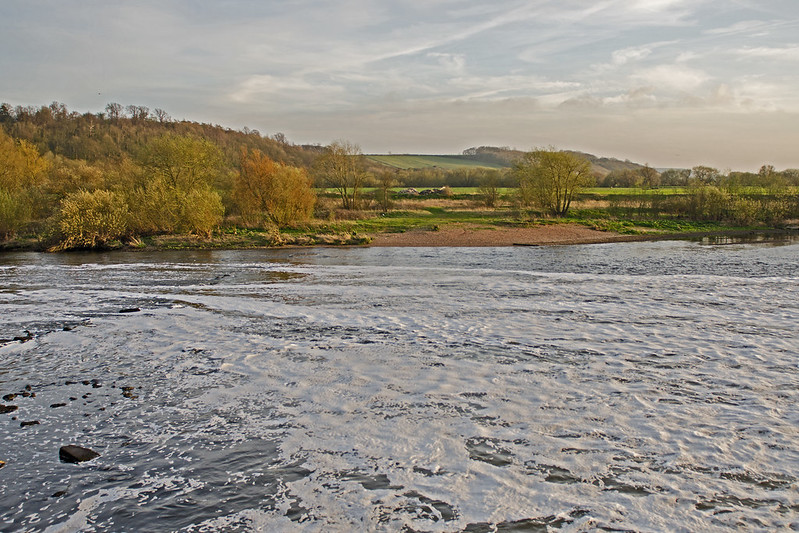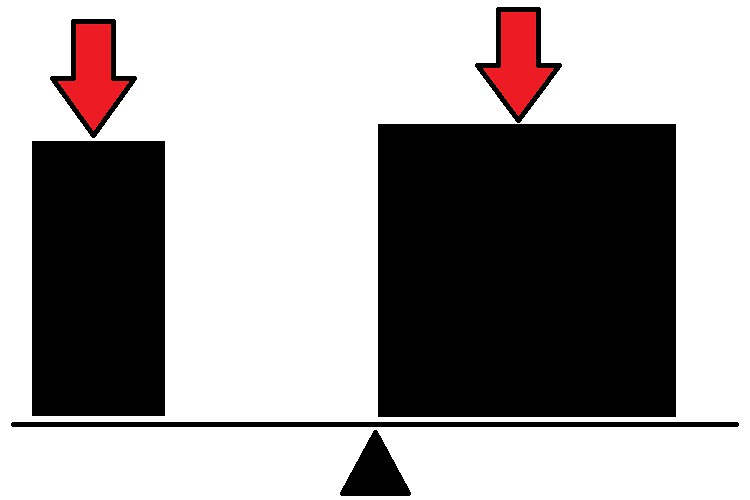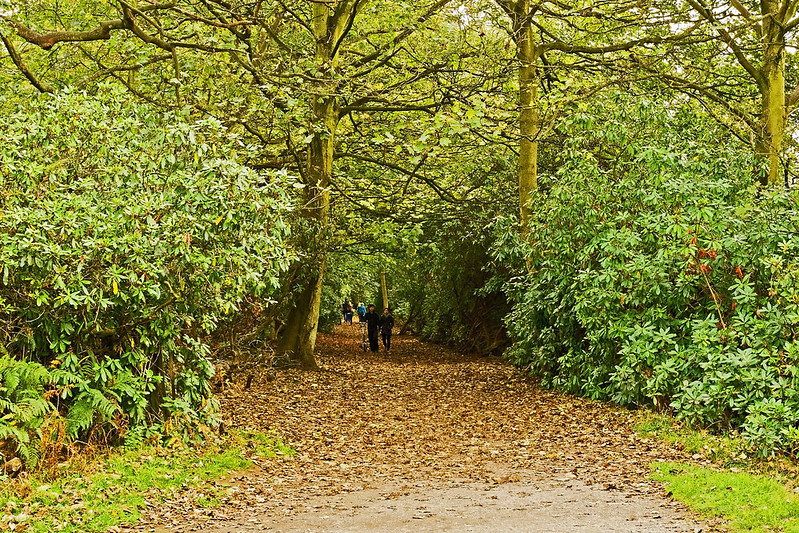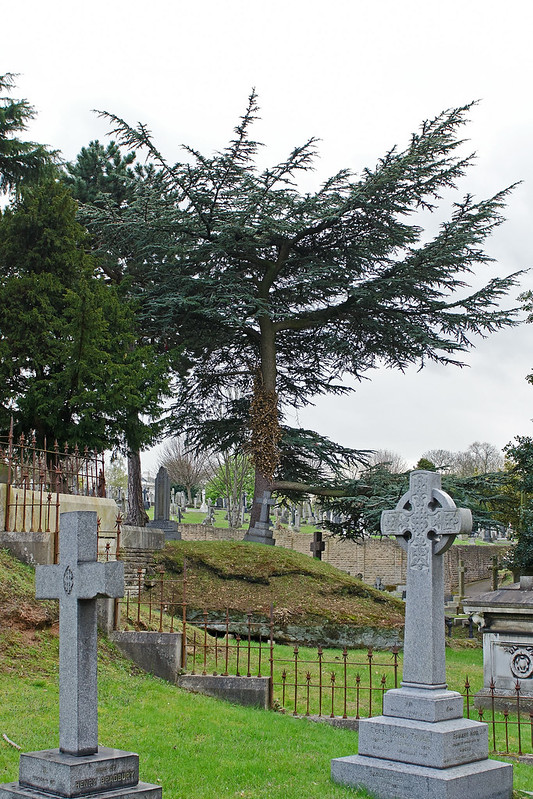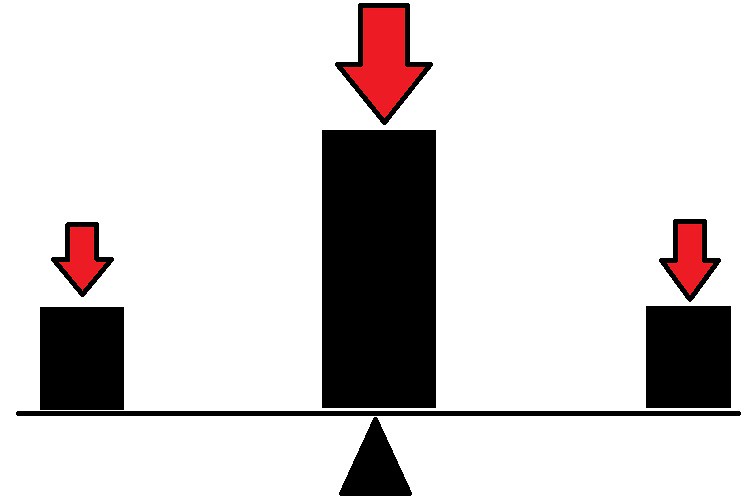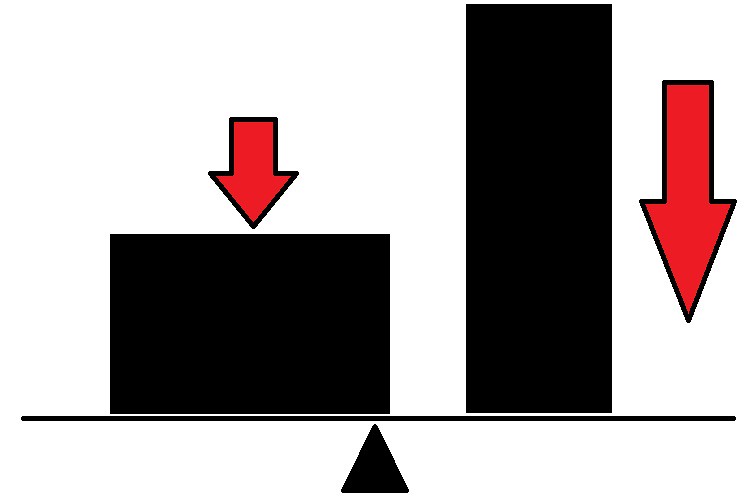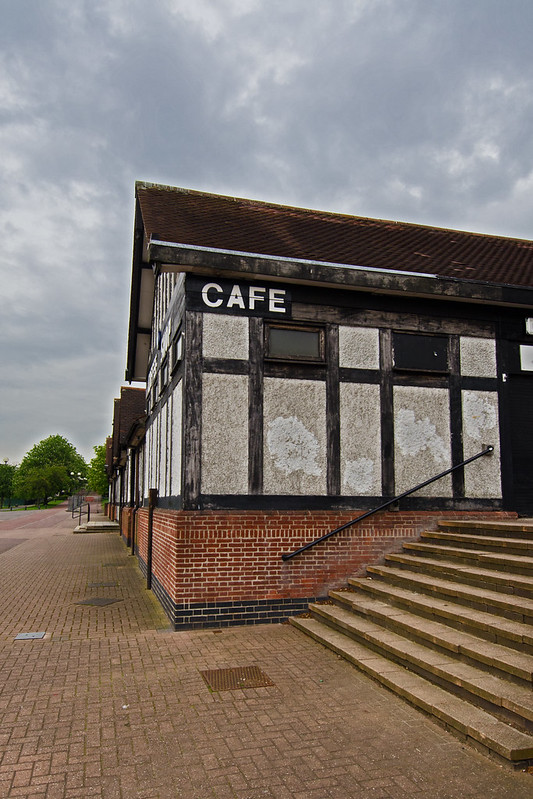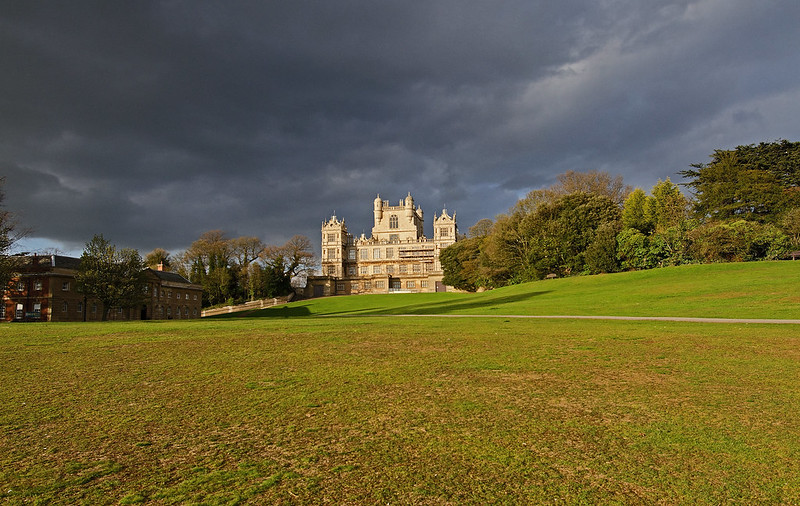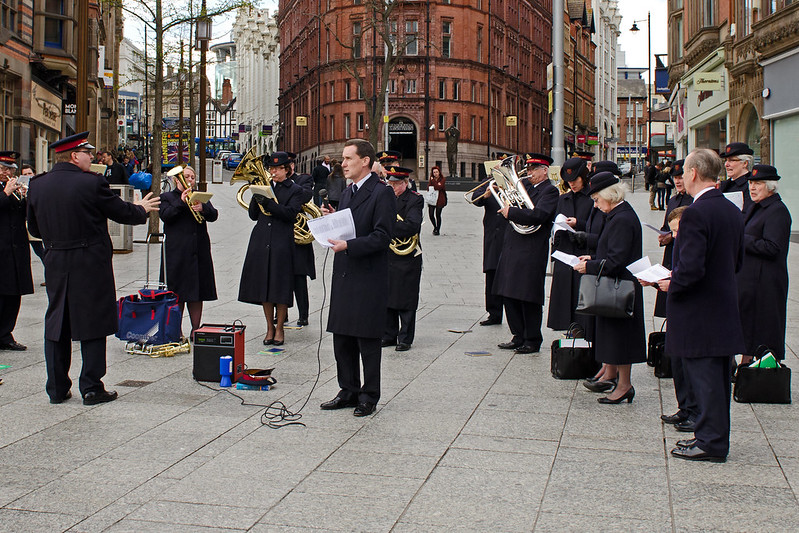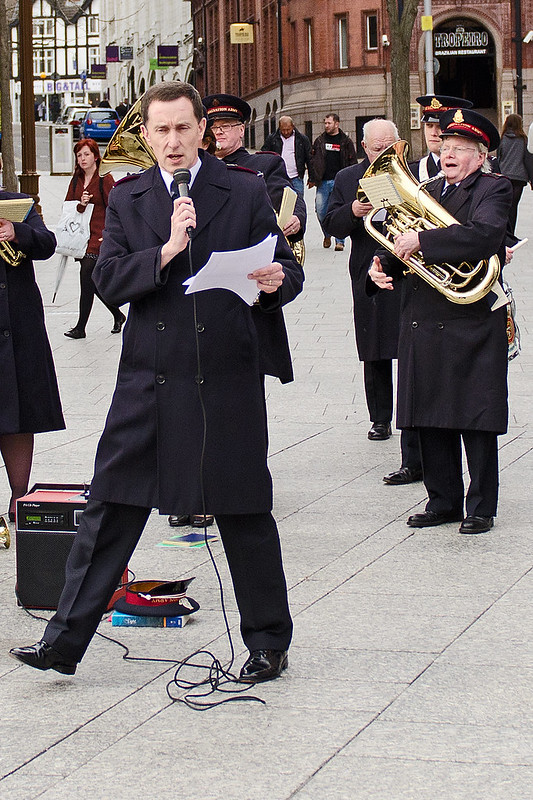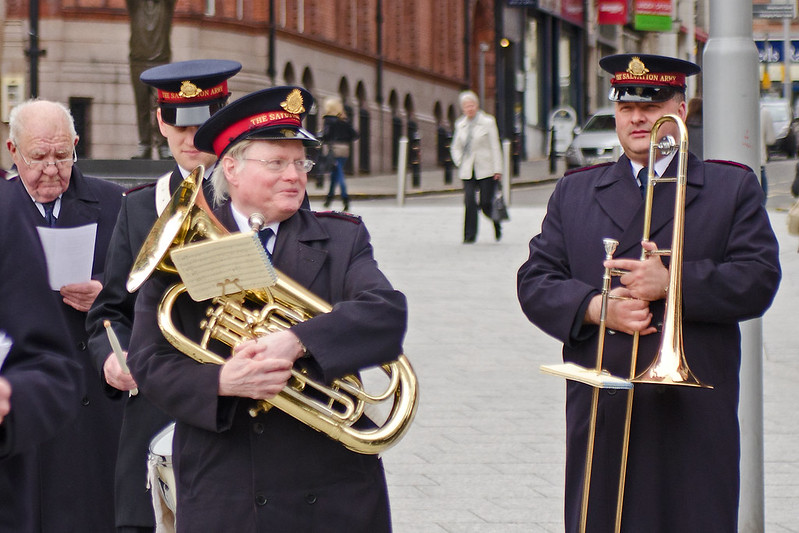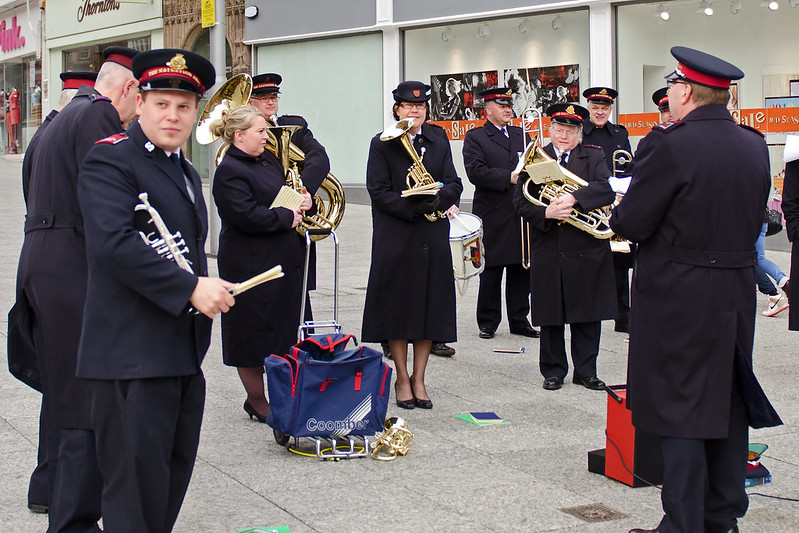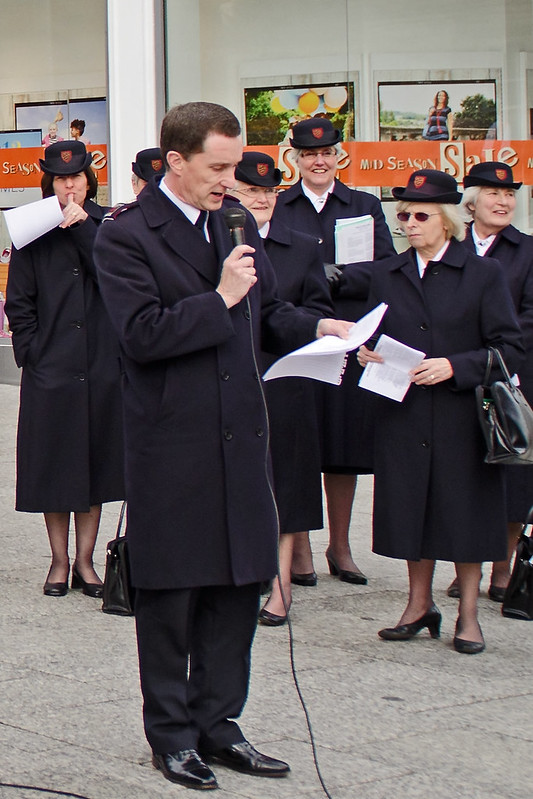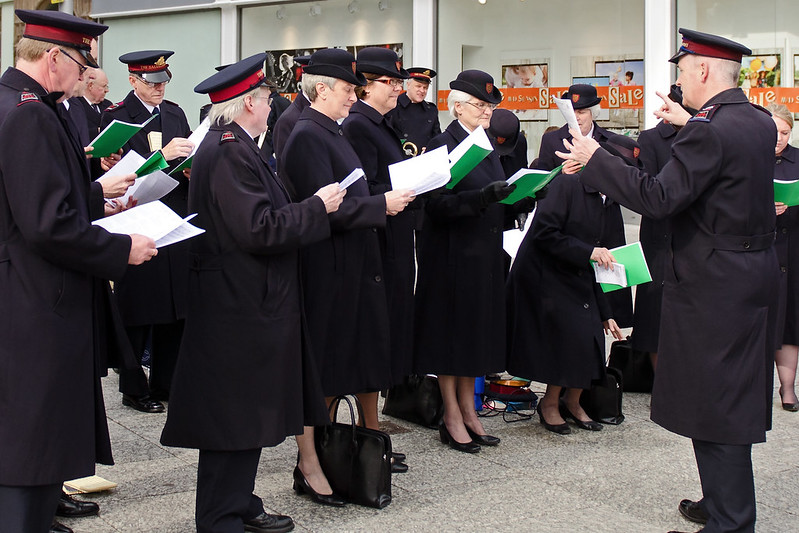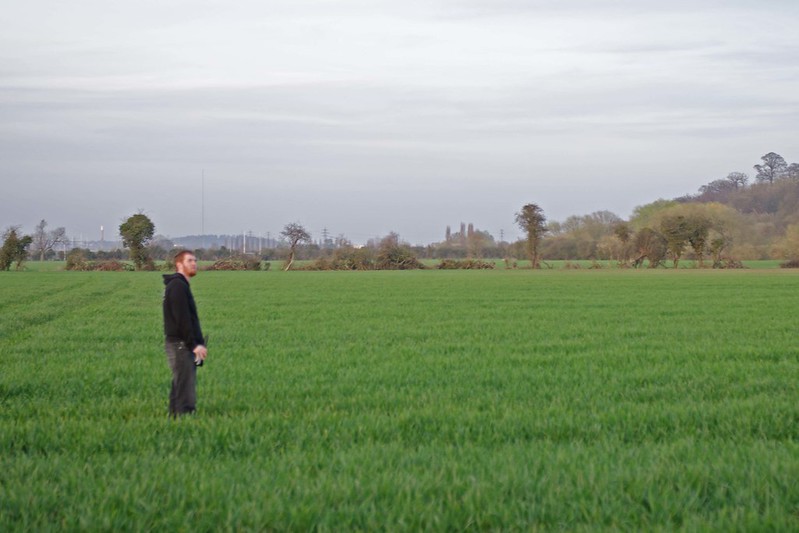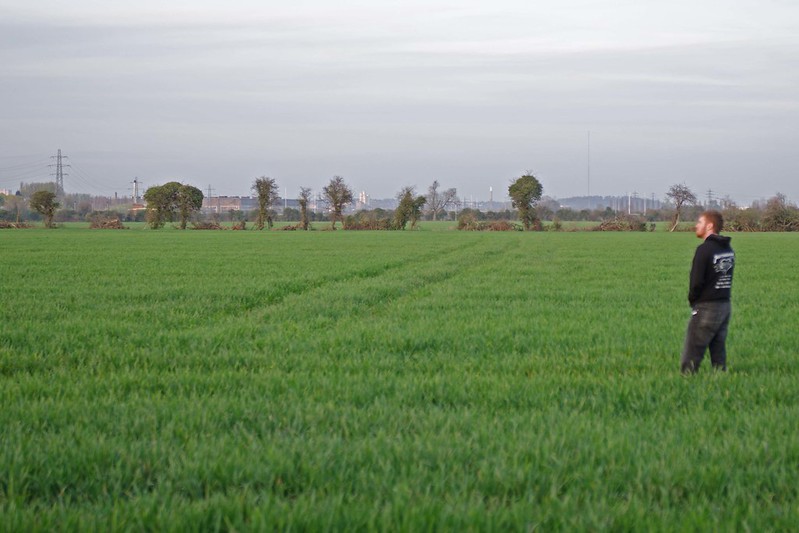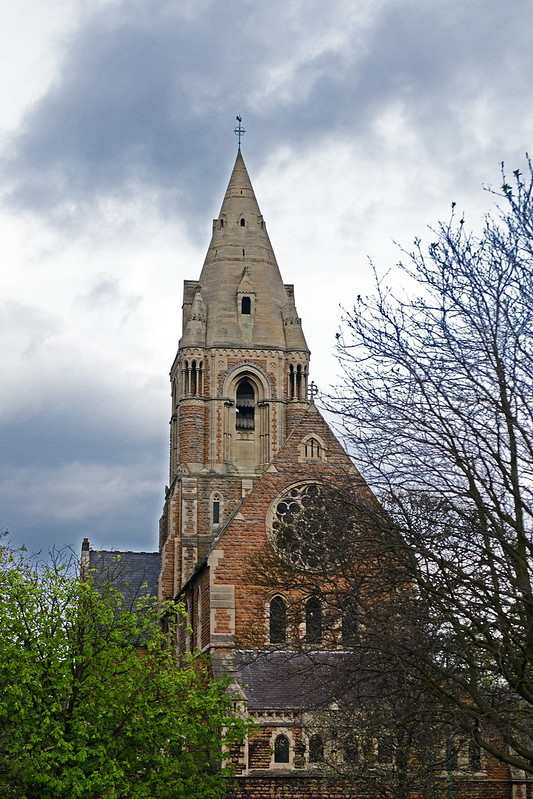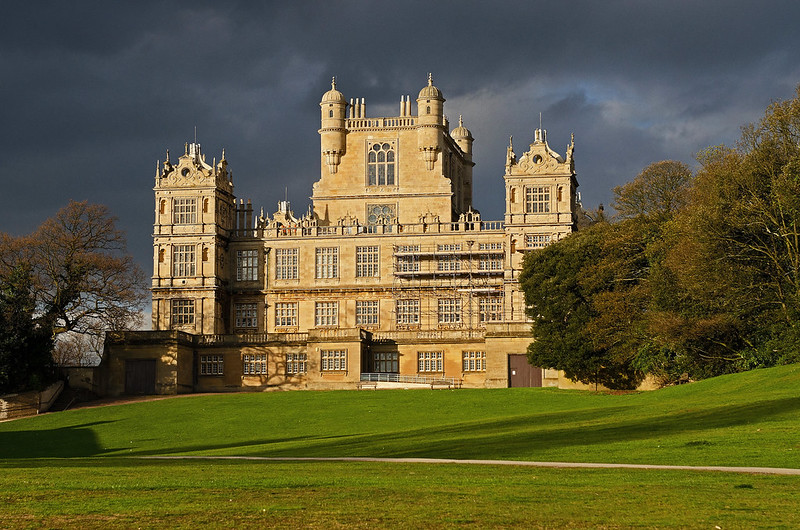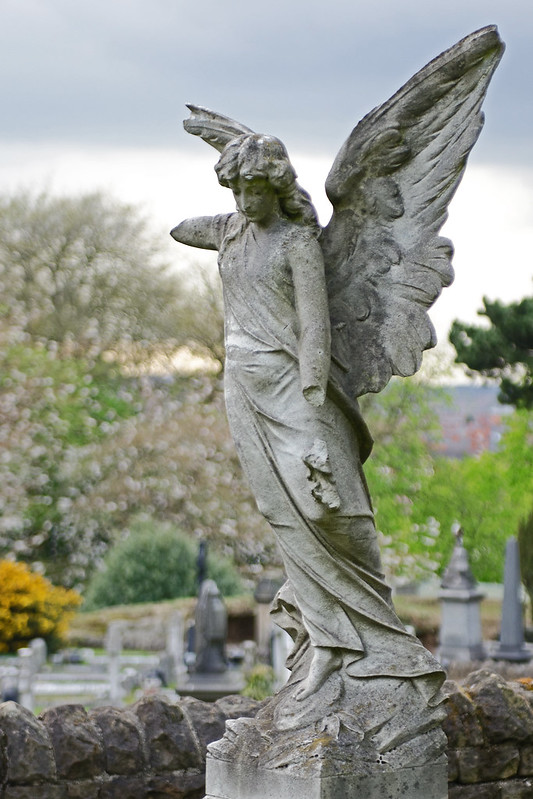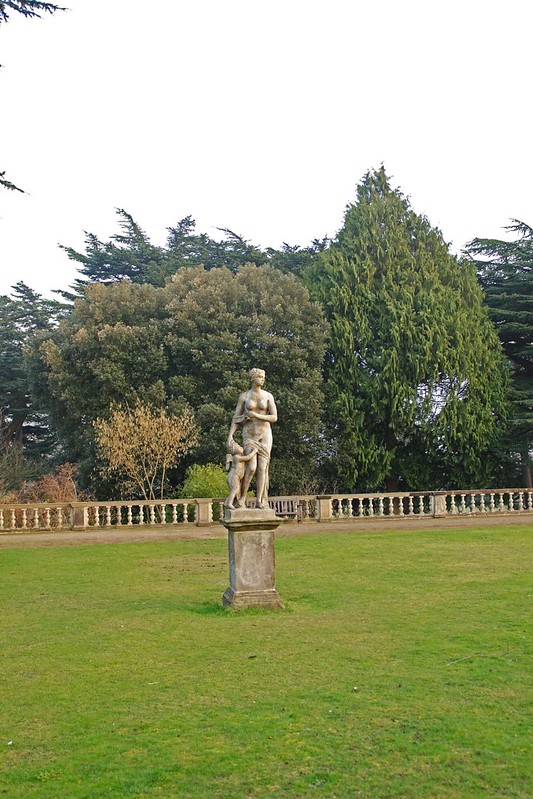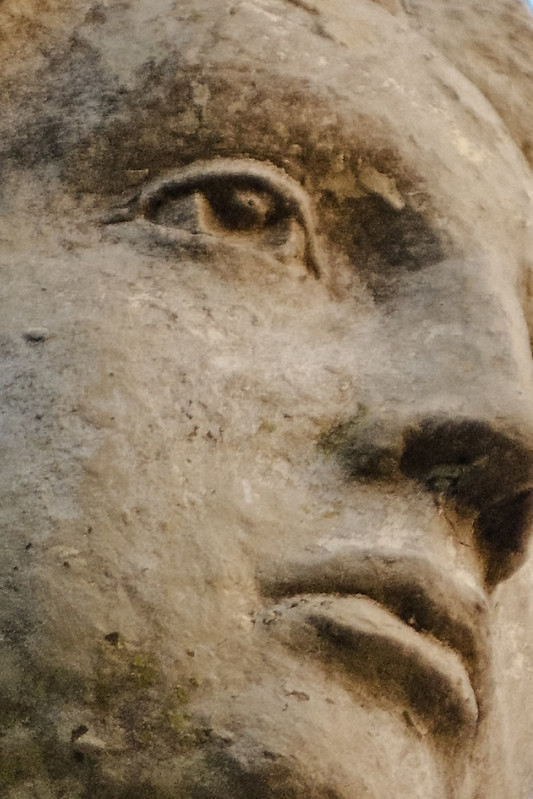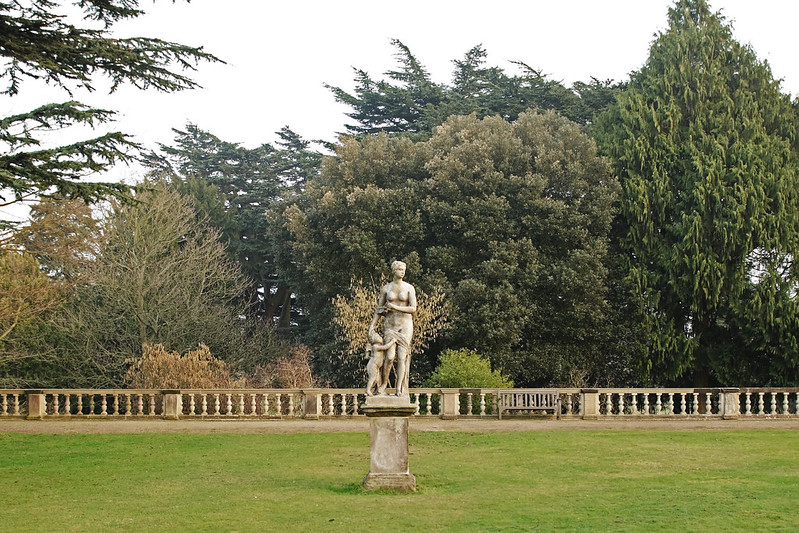The aim of this exercise is to take a handful of my previous shots and experiment with cropping to find new pictures within an original picture. This is actually something that I generally do when I process my shots, cropping them to a standard 3:2 ratio (for easy printing to 6x4) as my camera sensor does not produce images to that exact ratio - as well as cropping down images to increase the size of a subject to place more emphasis on it, such as with wildlife or where I have not been able to get close enough to, or zoom in as far as I wanted, to a subject, or to remove "undesirables" from the edges of a frame.
However, as I generally tend to crop to a 3:2 ratio I approached this exercise with the intention of ignoring the standard ratio so I would not feel limited when it came to cropping. This led to some interesting results, such as wide panoramic crops and square crops.
For these first three examples, I focused on landscapes and cropping them to a wider panoramic view;
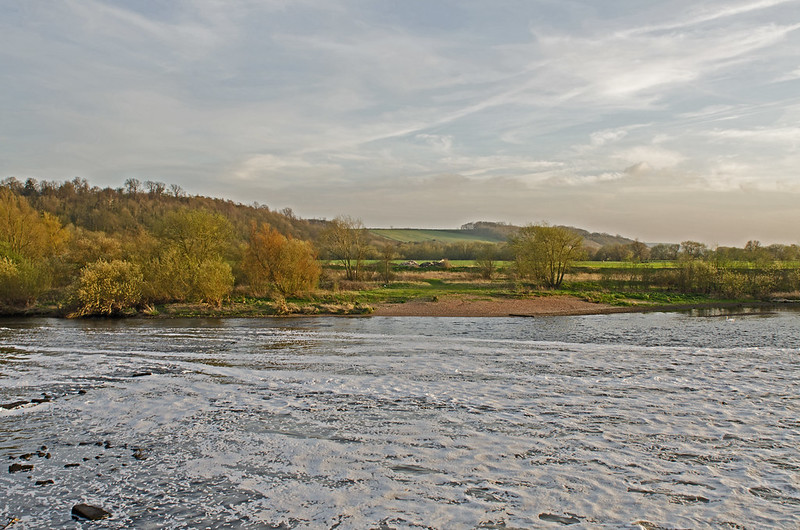 |
| Orignal |
 |
| Original |
 |
| Crop |
Once again in this example, I have focused entirely on the horizon, removing the foreground of the field and the expanse of sky - placing emphasis on the trees and lake. This removes the distractions from the shot, as in the original I found myself focusing so heavily on the field as it takes up such a large proportion of the frame and is a very vivid green - which is extremely distracting from the rest of the frame.
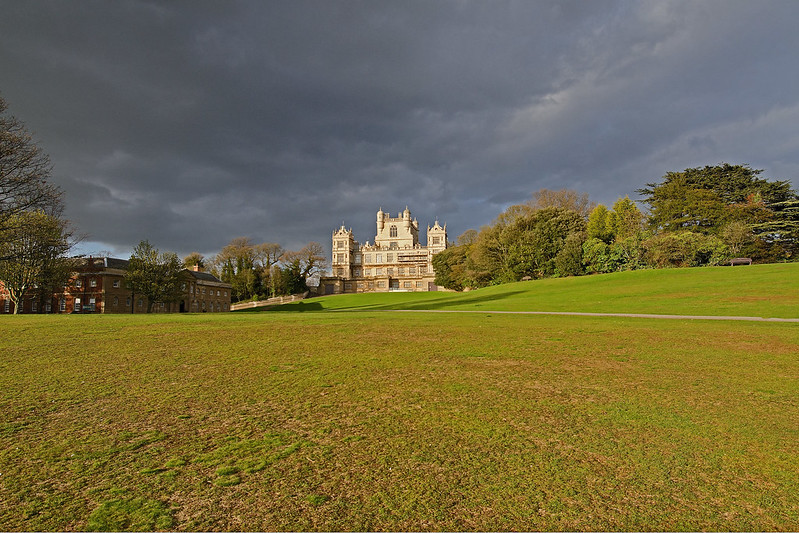 |
| Original |



